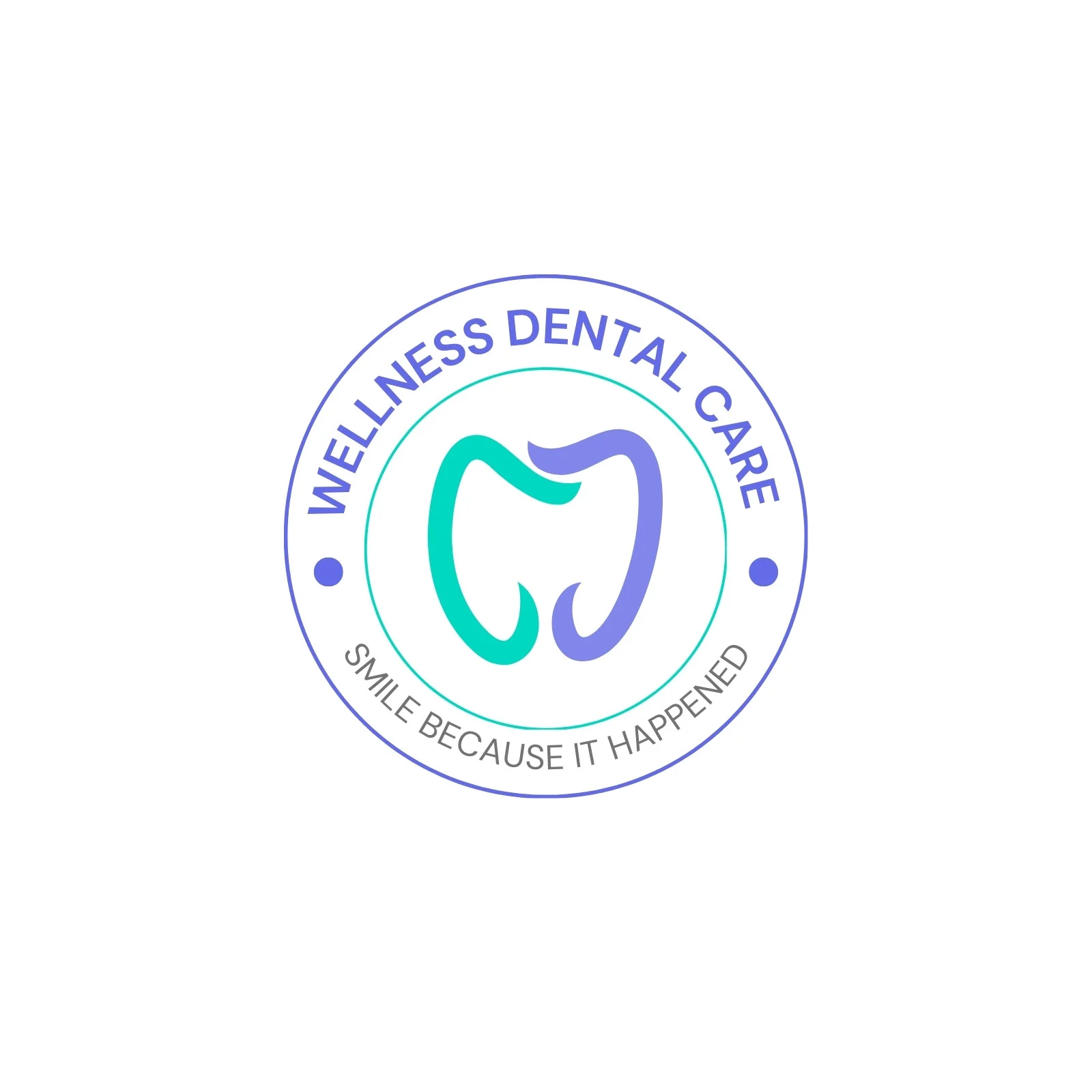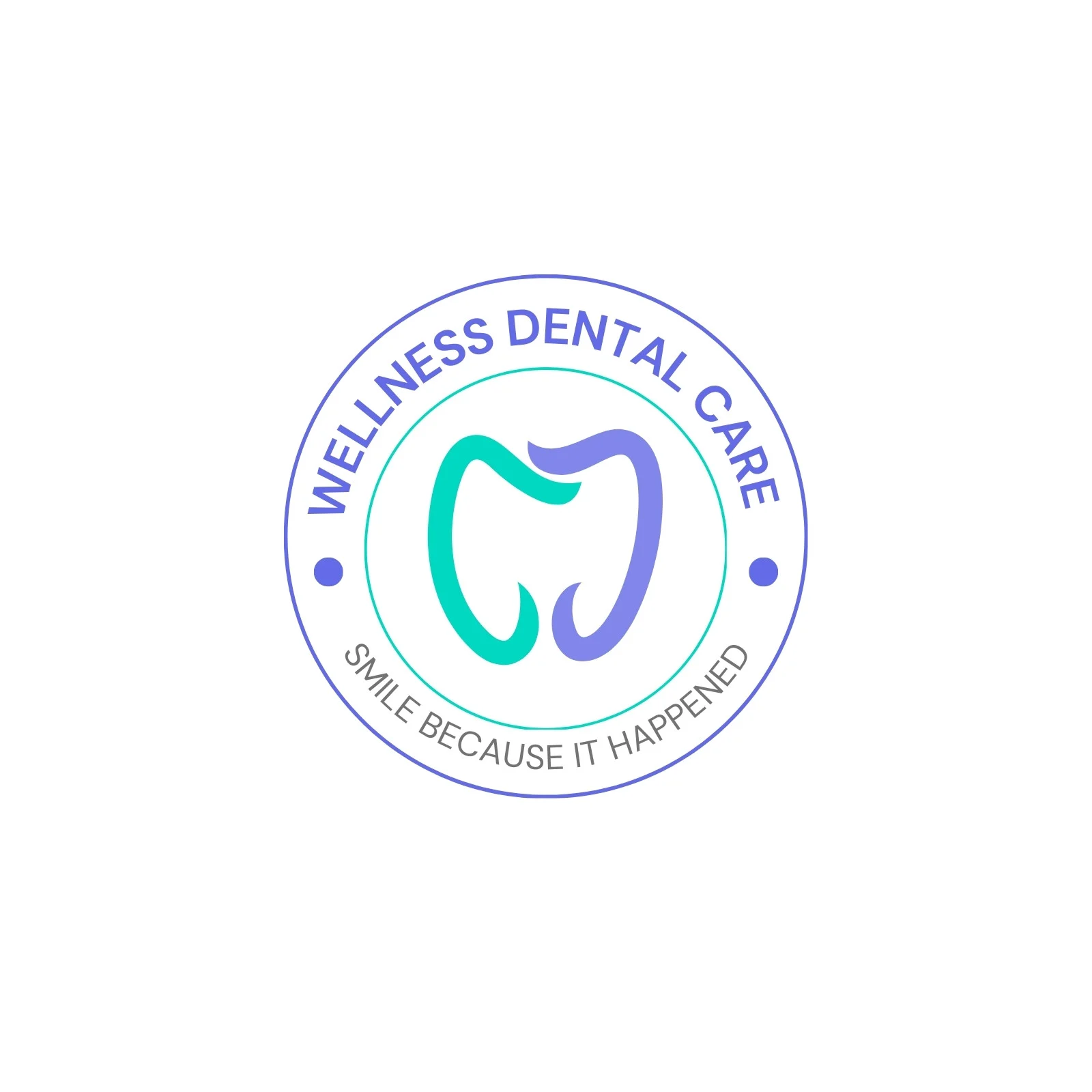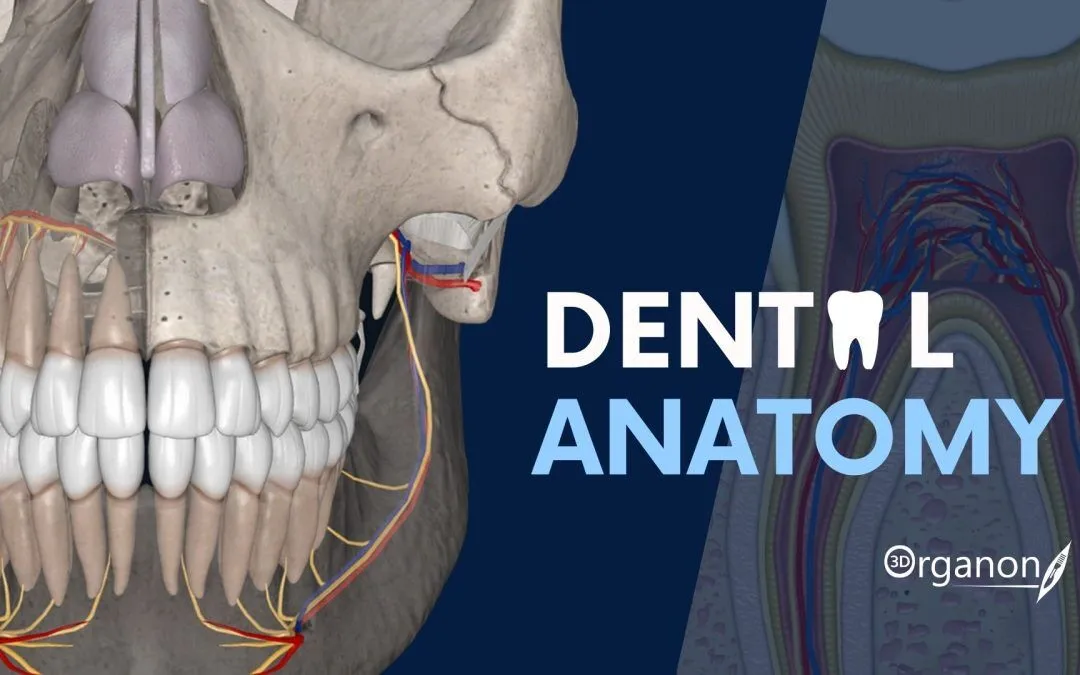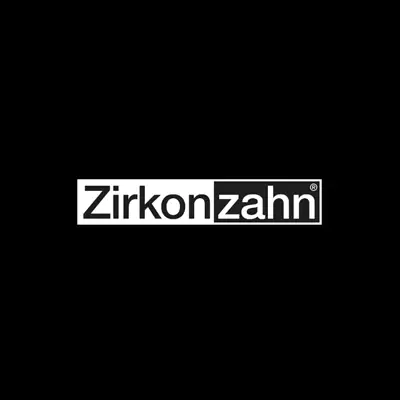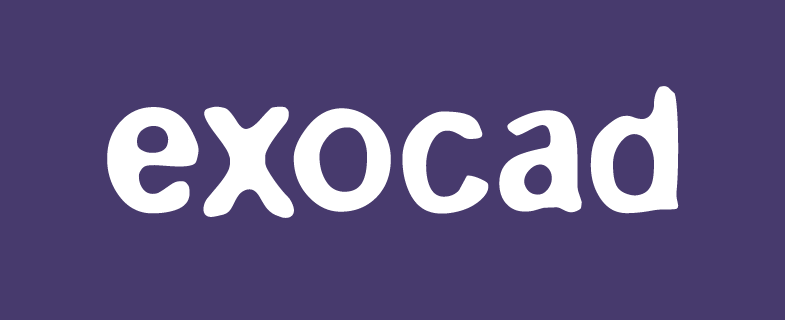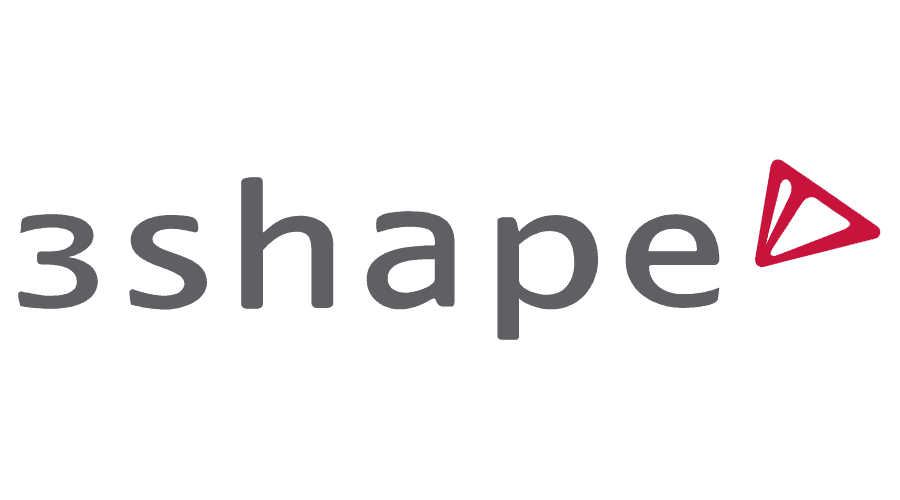Simple3DScan Dental — Practical 3D Scanning Tool for Education and Small Clinics
Context
Simple3DScan Dental is a stripped-down 3D scanning application built for classrooms, training labs, and modest dental practices. It doesn’t try to compete with the heavy professional suites used in big production labs. Instead, its role is quite clear: capture study models, impressions, or small restorations and save them in open formats that anyone can share or view later. Because it runs on standard PCs and supports common scanners, schools often use it in early training so students can understand what digital scanning looks like before moving on to more advanced systems. For clinics, it works well as a simple tool to digitize models for communication or storage.
Technical Profile
| Area | Details |
| Platform | Windows desktop; works with many entry-level USB scanners |
| Dental focus | Impressions, study casts, small prosthetic parts |
| Core modules | Basic capture, mesh cleanup, STL/OBJ export |
| Interop | Outputs to STL/OBJ; readable by most CAD and lab systems |
| Imaging | Optical scans only; no medical DICOM integration |
| Security | Local storage; no online sync in free version |
| Multisite | Easy to install on multiple PCs in a lab setting |
| Backup/DR | Relies on manual or scheduled file backups |
| Licensing | Free edition; commercial upgrades add automation and repair tools |
Scenarios (Dental-Specific)
– In a preclinical course, students scan study models to get hands-on experience with digital workflows.
– A private clinic scans impressions for archiving and shares STL files with partner labs.
– A mobile NGO unit uses the tool to capture models in the field and forward files to central labs for processing.
Workflow (Admin View)
1. Install on Windows PCs with supported USB scanners.
2. Configure scanning presets for dental impressions or study models.
3. Perform scans and use cleanup functions to remove noise.
4. Export finished meshes in STL or OBJ format.
5. Organize scans into folders; schedule backups to external storage or cloud.
Strengths / Weak Points
Strengths
Free and lightweight, easy to set up in labs or small practices.
Very short learning curve, suitable for beginners.
Exports in open formats (STL/OBJ), compatible with most CAD workflows.
Runs on modest hardware; no special infrastructure needed.
Weak Points
Too limited for professional production environments.
No DICOM or advanced imaging support.
Free edition lacks automation, requires manual cleanup.
Quality depends heavily on the scanner hardware.
Why It Matters
3D scanning is now a core part of digital dentistry, but high-end scanners and software can be intimidating and expensive. Simple3DScan Dental provides a first step: it shows students and small clinics how digital capture works without demanding major investment. While it doesn’t replace full-featured suites, it fills an important role as an educational tool and an entry-level option for practices that are just beginning to digitize.

